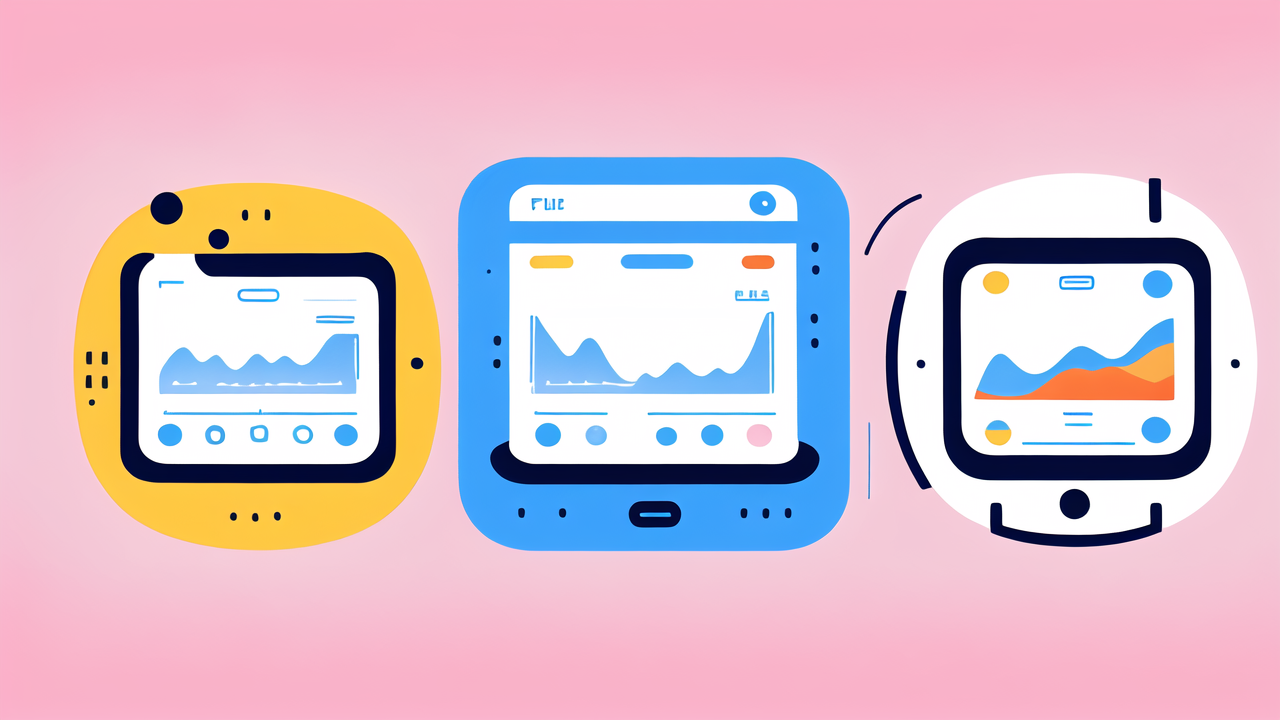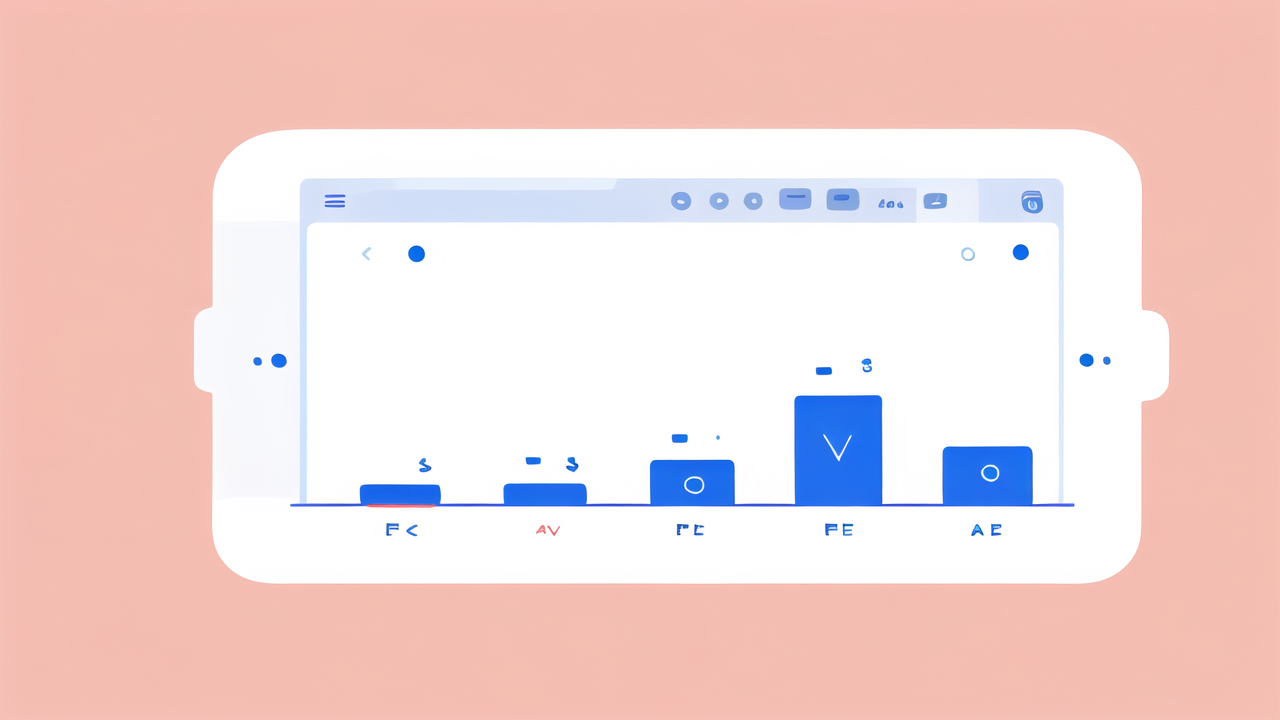Understanding the Growth of Digital Watches in the Health Sector
The Evolution of Wearable Fitness Technology
Wearable fitness tech has come a long way since its early days. It started with simple step counters. Now, we have smart watches that do much more. These devices can track heart rate, sleep patterns, and even stress levels.

The first digital watches were basic. They showed time and had a few extra features. Today's smart watches are like mini-computers on your wrist. They can connect to your phone, send messages, and track your health.
Fitness bands were the first big step in wearable health tech. They focused on step counting and basic activity tracking. Smart watches built on this idea. They added more sensors and features for health monitoring.
Now, digital watches can measure things like blood oxygen levels and ECG. Some can even detect falls and call for help. This evolution shows how tech is becoming more health-focused.
Regulatory Impact on Health-Focused Wearables
As digital watches add more health features, they face more rules. The FDA plays a big role in this. They decide which devices can make health claims. This affects how companies design and market their products.
Some features need FDA approval to be called medical devices. This includes things like ECG sensors. Companies must prove these features are safe and accurate. This process can be long and costly.
The rules also affect how companies use health data. They must protect user privacy. This is a big concern as watches collect more sensitive info. Companies need to be clear about how they use this data.
These regulations can slow down innovation. But they also ensure that health features are reliable. This builds trust with consumers. It's a balance between innovation and safety.
Consumer Trends Driving the Smart Watch Market
Consumer needs are shaping the smart watch market. People want devices that fit their lifestyle. This includes both health tracking and daily convenience.
Health awareness is a big trend. More people want to track their fitness and overall health. Smart watches offer an easy way to do this. They give users data about their bodies and habits.
Convenience is another key factor. People like having notifications on their wrist. It saves time and feels less disruptive than using a phone. This mix of health and convenience is very appealing.
Style is also important. Smart watches are not just tech gadgets. They're fashion accessories too. Companies are offering more design options. This helps appeal to a wider range of consumers.
Personalization is becoming more common. Users want devices that suit their specific needs. This could mean custom watch faces or specialized health tracking features.
Key Players and Innovations in the Digital Watch Space
Leading Brands in the Smart Watch Industry
Apple leads the smart watch market in the US. Their Apple Watch is known for its sleek design and health features. It works seamlessly with iPhones, which is a big selling point.

Samsung is another major player. Their Galaxy Watch series offers features for both Android and iOS users. They focus on fitness tracking and long battery life.
Fitbit, now owned by Google, has a strong presence. They're known for their fitness-focused devices. Their watches blend activity tracking with smart features.
Garmin is popular among serious athletes. Their watches offer advanced fitness metrics. They're known for durability and long battery life.
Fossil brings fashion to smart watches. They offer a range of styles that look like traditional watches. This appeals to those who want tech in a classic package.
Breakthrough Technologies in Digital Watches
Smart watches are always adding new tech. One big area is health sensors. Some watches can now measure blood oxygen levels. This is useful for fitness and general health monitoring.
ECG (electrocardiogram) features are becoming more common. These can detect irregular heart rhythms. It's a powerful tool for heart health awareness.
Sleep tracking is getting more advanced. Watches can now analyze sleep stages and quality. This helps users improve their sleep habits.
Battery life is improving. New tech allows watches to last longer between charges. Some can now go for days or even weeks.
Voice assistants are getting better. You can do more with just your voice. This makes watches more useful in hands-free situations.
Partnerships and Ecosystems in Wearable Tech
Partnerships are key in the wearable tech world. Many watch makers team up with health companies. This brings expert knowledge to their devices.
Apple works with health organizations to improve their features. They've partnered with hospitals for health studies. This helps validate their tech for medical use.
Fitbit collaborates with health insurers. Some insurance plans offer discounts for using Fitbit devices. This encourages people to be more active.
Garmin partners with sports brands. This helps them create watches for specific activities. They have watches designed for runners, swimmers, and golfers.
Samsung works with app developers. This expands what their watches can do. It creates a rich ecosystem of apps and services.
These partnerships create value for users. They bring together tech, health, and lifestyle services. This makes smart watches more useful in daily life.
The Road Ahead for Digital Watch Manufacturers
Challenges and Opportunities in the US Market
The US market for digital watches is growing. But it also faces challenges. One big issue is market saturation. Many people already have smart watches. Companies need to find ways to attract new users.

Privacy concerns are a growing challenge. As watches collect more health data, users worry about security. Companies must show they can protect this sensitive information.
There's also the challenge of standing out. With many similar products, brands need unique features. This could be in design, functionality, or partnerships.
Battery life remains an opportunity. Users want watches that last longer. Improving this could be a big selling point.
Health integration is a major opportunity. Connecting watches to healthcare systems could be game-changing. This could help with remote patient monitoring and preventive care.
Potential Future Developments in Smart Watch Functionality
The future of smart watches looks exciting. We might see more advanced health monitoring. This could include features like blood pressure tracking or glucose monitoring.
Artificial intelligence could play a bigger role. Watches might offer more personalized health advice. They could learn from your habits and suggest improvements.
Augmented reality (AR) could come to smart watches. This might include navigation overlays or virtual fitness coaches.
Battery tech might improve dramatically. We could see watches that charge from body heat or movement. This would solve the daily charging problem.
Mental health tracking could become more advanced. Watches might detect stress levels and offer coping strategies.
The Importance of Digital Integration and Data Analysis
Data analysis is becoming crucial for smart watches. It's not just about collecting data, but understanding it. Companies are working on better ways to interpret health info.
Integration with other devices is key. Watches need to work well with phones, smart home devices, and health equipment. This creates a seamless user experience.
Cloud services are important for data storage and analysis. This allows for more complex processing than the watch can do alone.
Machine learning will play a big role. It can spot patterns in health data that humans might miss. This could lead to early warning systems for health issues.
Privacy and data ownership are big concerns. Users want control over their data. Companies need to be clear about how they use and protect this information.
As smart watches evolve, they're becoming powerful health tools. The future will likely see even more integration between tech and healthcare.




Leave a comment
This site is protected by hCaptcha and the hCaptcha Privacy Policy and Terms of Service apply.